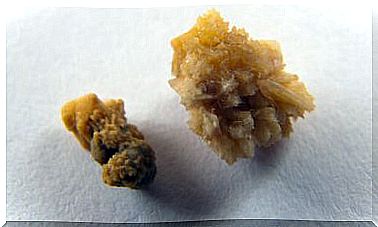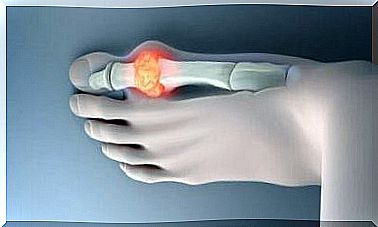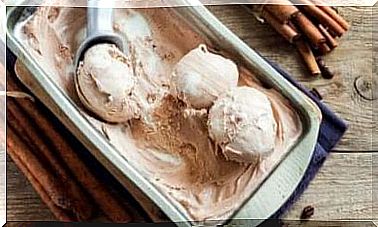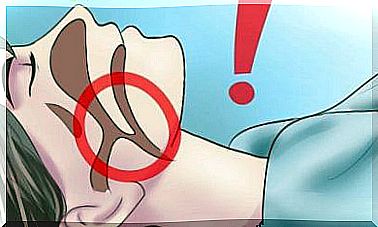Swimmer’s Eczema: Preventing And Treating
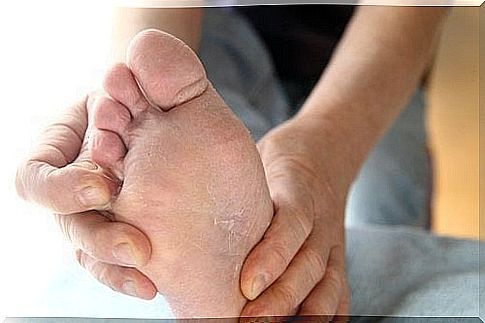
Swimmer’s eczema, or tinea pedis, is a fungal infection that occurs on the feet, between the toes, on the soles of the feet, and on the sides of the feet.
The name might make you think that only swimmers can get this condition. However, anyone exposed to hot and humid places is susceptible.
As with other forms of fungus, swimmer’s eczema can also spread from one person to another through contact with the skin or sharing personal objects.
Even when you expose yourself to contaminated surfaces like swimming pools and public showers, you can contract this form of fungus, hence the name “swimmer’s eczema.”
98% of athlete’s foot cases are said to be caused by dermatophytes. The other two percent of cases would also occur when fungi such as candida or other bacteria start to breed.
Whatever the cause, people who suffer from swimmer’s eczema almost all agree that they need a quick solution to this problem. The symptoms are very unpleasant and can also have a negative impact on the health of your feet.
Do you suffer from this problem? Then be sure to read on.
Natural treatments for swimmer’s eczema
It is quite easy to find out if you do indeed suffer from swimmer’s eczema. After all, the most common symptoms are:
- severe itching
- Strong smell
- Blisters
- Moist Lesions
- Pain and redness in the affected area
Unfortunately, treating swimmer’s eczema is not as simple as making the diagnosis. It takes a lot of perseverance and patience to completely remove the fungus and also get the feet completely healthy again. However, the sooner you start treating this problem, the sooner you can put it behind you.
apple cider vinegar
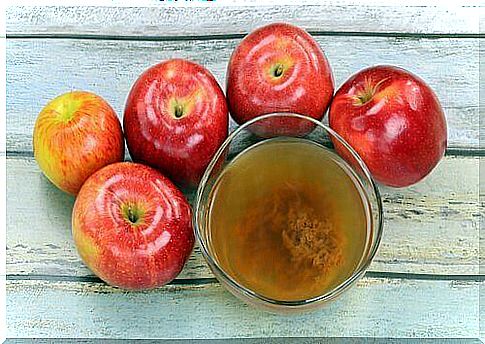
This natural product contains certain acids and nutrients that regulate the pH value of your skin and thus slow the development of fungi and swimmer’s eczema.
By applying apple cider vinegar to your feet, you can relieve that annoying itch, eliminate unpleasant odors and also reduce redness.
How do you use apple cider vinegar?
- Mix equal parts apple cider vinegar and water together in a large bowl. Then soak your feet in this mixture for twenty to thirty minutes while the apple cider vinegar does its work.
- Dry your feet well after this treatment. For best results, repeat this treatment every day.
tea tree oil
This natural product counteracts fungi and bacteria and is also a powerful antibiotic.
How do you use tea tree oil?
To treat swimmer’s eczema, mix equal parts tea tree oil and olive oil together, then apply this mixture to the affected areas of the feet with a cotton ball.
Cinnamon

Cinnamon is a spice that has antibiotic properties that help improve health and fight external bacteria and fungi.
How do you use cinnamon?
- Make tea by boiling six cinnamon sticks in six cups of water. Soak your feet in this mixture for about twenty minutes while it cools.
- Dry your feet well and repeat the treatment daily.
aloe vera
Aloe vera has moisturizing and restorative properties, making the plant a great option for combating the symptoms of swimmer’s eczema and protecting sensitive skin in this area.
How do you use aloe vera?
- Scrape the gel from a fresh aloe vera leaf and apply the gel to the affected areas of the feet twice a day.
- Supplement this treatment with an anti-fungal product to kill the fungus.
How can you prevent swimmer’s eczema?
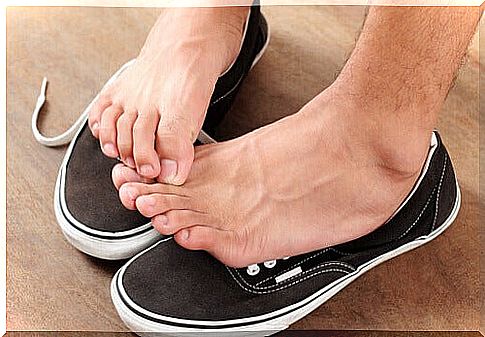
Anyone who exposes their feet to warm and humid environments is more at risk of developing swimmer’s eczema. It can be quite difficult to get rid of this fungus completely. We therefore recommend that you try to avoid the fungus in advance.
Wear the right shoes
It is best to wear shoes that your feet can breathe in. This prevents the feet from becoming warm and damp, conditions that are excellent for the growth of fungi.
Avoid sharing shoes and socks
No matter how close you are to someone, it’s always better not to share things that have come into contact with your feet. This is an excellent way to spread fungi.
Do not walk barefoot in damp areas
Some people have absolutely no problem walking barefoot in areas such as swimming pools, locker rooms and public showers – while these people often contract athlete’s foot this way.
It is wise to always wear sandals or flip flops and to disinfect them when you get home.
Dry your feet well
If you don’t dry your feet properly, the skin between your toes will remain moist. This creates the perfect breeding ground for fungi. Therefore, make sure your feet are completely dry before putting on your socks and shoes.
Use anti-fungal powder
Anti-fungal powders are better than anti-fungal creams or sprays. The powder ensures that your feet remain completely dry.

